In recent years, the debate between artificial grass lawns and natural grass lawns has gained momentum, as homeowners and businesses seek sustainable and low-maintenance landscaping solutions. While both options have their merits, artificial grass lawns have emerged as a compelling alternative to traditional natural grass lawns due to a range of benefits they offer. From environmental considerations to reduced maintenance efforts, aesthetics, and long-term savings, artificial grass lawns present a compelling case for their adoption.
1. Environmental Considerations
One of the key benefits of artificial grass lawns lies in their reduced environmental impact. Natural grass lawns require significant amounts of water to maintain their lush appearance, especially in regions with dry or arid climates. On the other hand, artificial grass lawns are designed to be water-efficient, requiring little to no irrigation. This can lead to substantial water savings, especially in areas facing water scarcity or drought conditions. Additionally, the absence of pesticides and fertilizers commonly used on natural grass can help minimize the release of harmful chemicals into the environment.
2. Low Maintenance
Maintaining a natural grass lawn demands consistent effort, including mowing, watering, weeding, and fertilizing. Artificial grass maintenance alleviates these demands significantly. With no need for mowing or regular watering, homeowners can reclaim valuable time and resources that would otherwise be spent on lawn care. This is especially beneficial for those with busy schedules or individuals who prefer to minimize their outdoor chores.
3. Aesthetic Appeal
Artificial grass technology has come a long way in replicating the appearance and texture of natural grass. Modern artificial grass lawns look remarkably realistic, with various shades of green, different grass blade lengths, and even the occasional brown strands to mimic the natural growth patterns of real grass. This level of realism ensures that the aesthetic appeal of an artificial grass lawn is on par with that of a natural grass lawn, enhancing the overall appearance of outdoor spaces.
4. Durability and Longevity
Natural grass lawns can suffer from wear and tear due to foot traffic, pet activity, and changing weather conditions. Artificial grass lawns, on the other hand, are designed to withstand heavy use without showing signs of damage or degradation. They are highly durable and can maintain their appearance and integrity over the years, making them a practical choice for high-traffic areas or spaces where natural grass might struggle to thrive.
5. All-Weather Utility
Artificial grass lawns do not get muddy or waterlogged during rainy periods, ensuring that outdoor activities can continue without interruption. This is a significant advantage, particularly for families with children and pets who love spending time outdoors. Artificial grass’s quick drainage capabilities and ability to remain dry even after heavy rainfall contribute to its year-round usability.
6. Reduced Allergens and Pests
Natural grass lawns can harbor allergens such as pollen, leading to discomfort for individuals with allergies. Additionally, they can attract pests like ticks, fleas, and insects that may be bothersome for both humans and pets. Artificial grass lawns, being synthetic, eliminate the presence of pollen and provide a less hospitable environment for pests, contributing to a more comfortable outdoor experience.
7. Cost Savings Over Time
While the initial investment for installing artificial grass may be higher compared to natural grass seeding or sodding, the long-term cost savings are notable. Natural grass lawns require ongoing expenses for water, fertilizers, pesticides, lawn care equipment, and potentially professional maintenance services. In contrast, artificial grass lawns have minimal ongoing costs, leading to substantial savings over the years. Additionally, the reduced need for replacement or renovation due to wear and tear further enhances the economic viability of artificial grass.
8. Conservation of Resources
The cultivation of natural grass lawns demands not only water but also land, energy, and resources for maintenance. By opting for an artificial grass lawn, individuals contribute to resource conservation by reducing water consumption, minimizing the use of lawn care equipment, and decreasing the need for chemical inputs.
9. Customization and Versatility
Artificial grass can be tailored to fit various design preferences and requirements. It can be installed in areas where natural grass struggles to grow, such as shaded or sloped sections of a yard. Its versatility allows it to be incorporated into landscaping designs for rooftops, balconies, indoor spaces, and commercial properties, expanding the possibilities for creative landscaping solutions.
10. Positive Impact on Property Value
The aesthetics and low-maintenance nature of artificial grass lawns can enhance the curb appeal of a property. This can positively impact property value and attract potential buyers or renters who appreciate the convenience and visual appeal of a well-maintained outdoor space.
11. Easier Waste Management
Natural grass lawns generate organic waste in the form of grass clippings and leaves, which often need to be collected and disposed of properly. This can contribute to the overall waste stream in a community. Artificial grass lawns eliminate the need for regular mowing and produce minimal waste, reducing the burden on waste management systems and promoting a more sustainable approach to lawn care. The only need is for time-to-time turf cleaning.
12. Accessibility and Inclusivity
Artificial grass lawns can be designed to provide a smooth and even surface, making outdoor spaces more accessible for individuals with mobility challenges or disabilities. Unlike natural grass, which can become uneven or difficult to navigate, artificial grass offers a stable surface that accommodates wheelchairs, walkers, and strollers with ease. This inclusivity contributes to creating a more welcoming environment for everyone.
In conclusion, while both artificial grass lawns and natural grass lawns have their merits, artificial grass offers a host of compelling benefits that cater to the demands of modern lifestyles. In an era where environmental responsibility, convenience, and aesthetics are highly valued, artificial grass lawns offer a comprehensive solution that addresses these priorities. As technology continues to advance, it’s likely that artificial grass will become even more indistinguishable from natural grass in terms of both appearance and texture. While personal preferences and specific use cases will always play a role in the choice between artificial and natural grass, the multitude of benefits offered by artificial grass lawns is clear evidence of their potential to shape the future of landscaping and outdoor design.

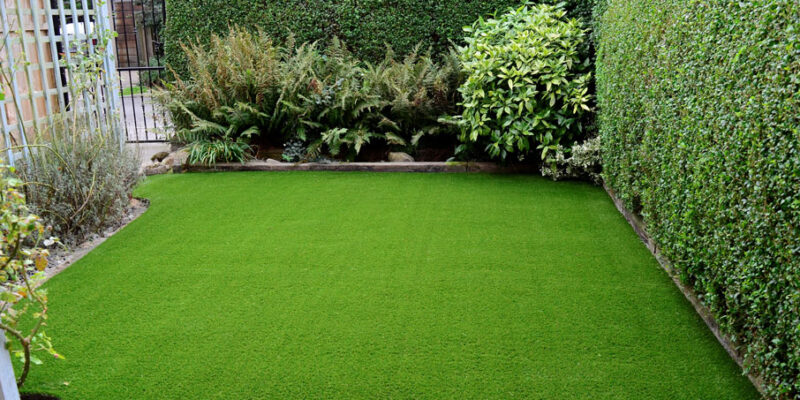
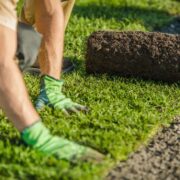
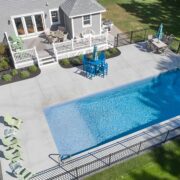
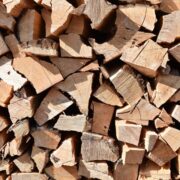
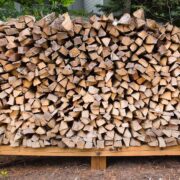
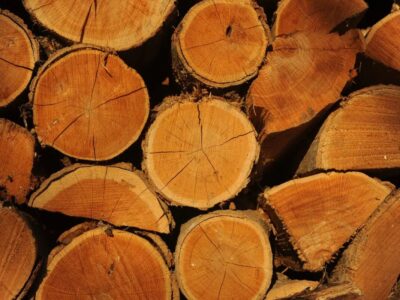
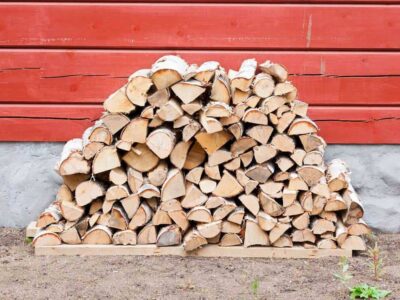
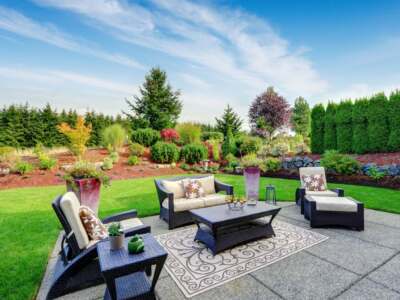
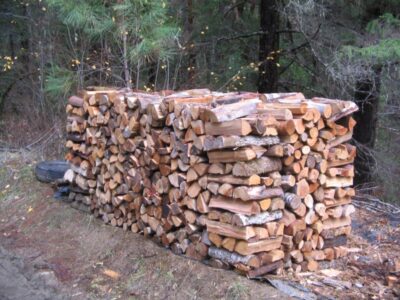
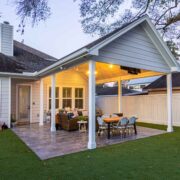
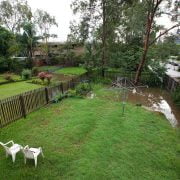
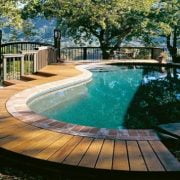
Comments